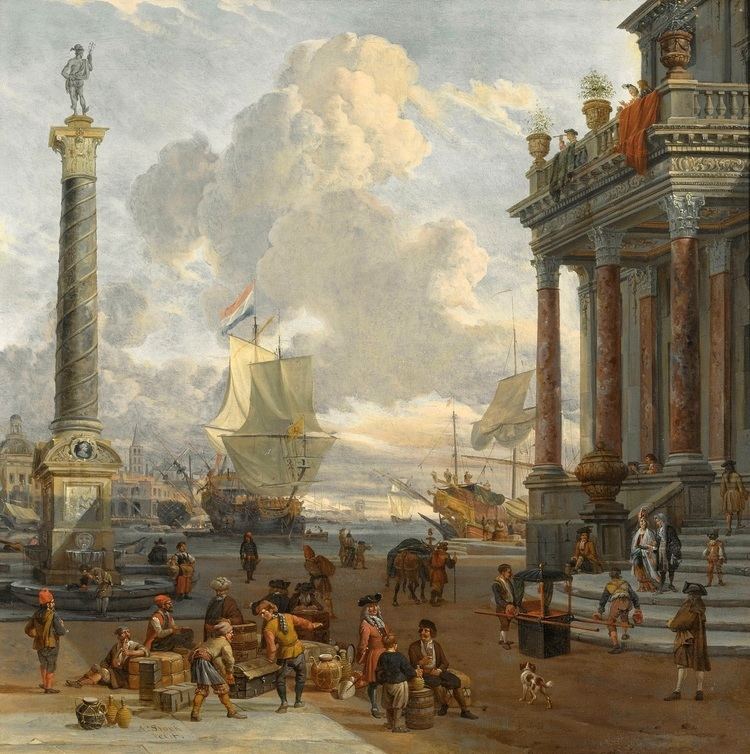 | ||
An economic and monetary union is a type of trade bloc which is composed of an economic union (common market and customs union) with a monetary union. It is to be distinguished from a mere monetary union (e.g. the Latin Monetary Union in the 19th century), which does not involve a common market. This is the sixth stage of economic integration. EMU is established through a currency-related trade pact. An intermediate step between pure EMU and a complete economic integration is the fiscal union.
Contents
List of economic and monetary unions
Additionally the autonomous and dependent territories, such as some of the EU member state special territories, are sometimes treated as separate customs territory from their mainland state or have varying arrangements of formal or de facto customs union, common market and currency union (or combinations thereof) with the mainland and in regards to third countries through the trade pacts signed by the mainland state.
